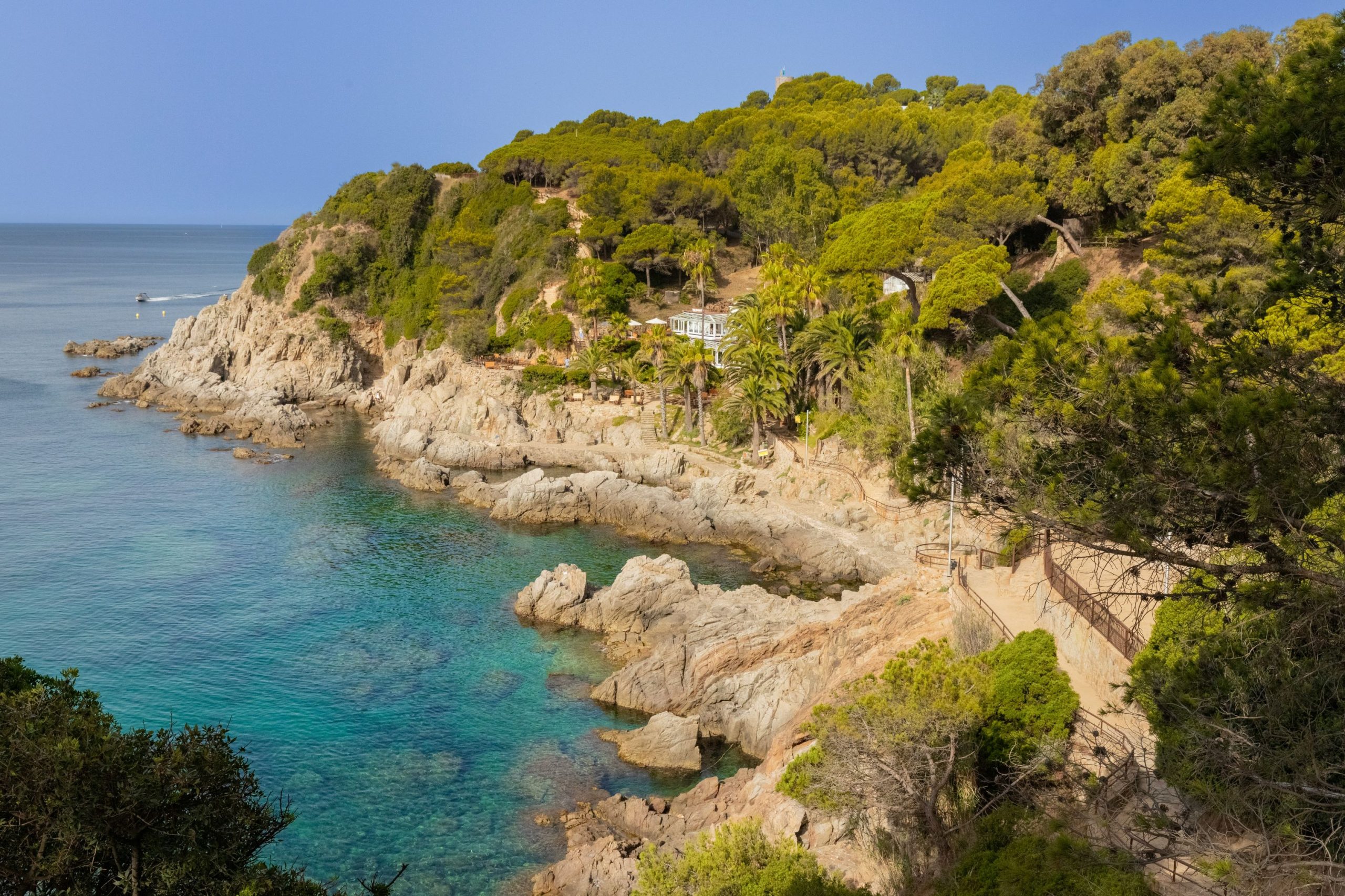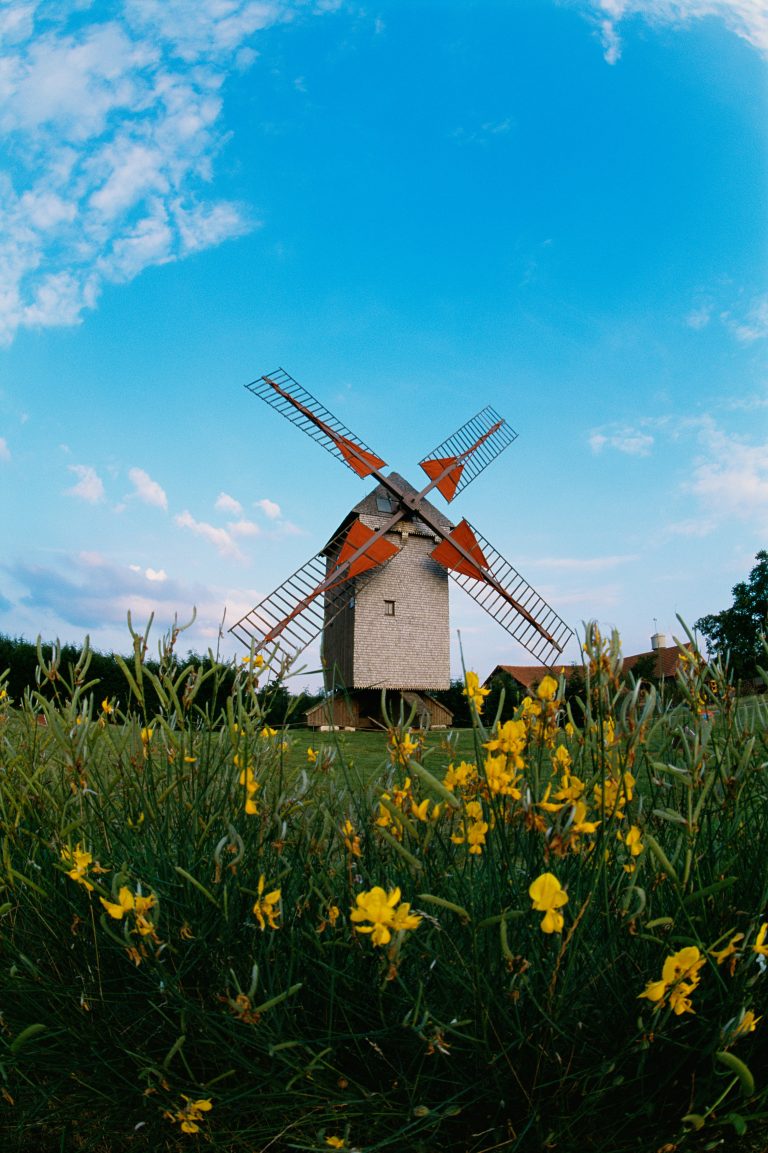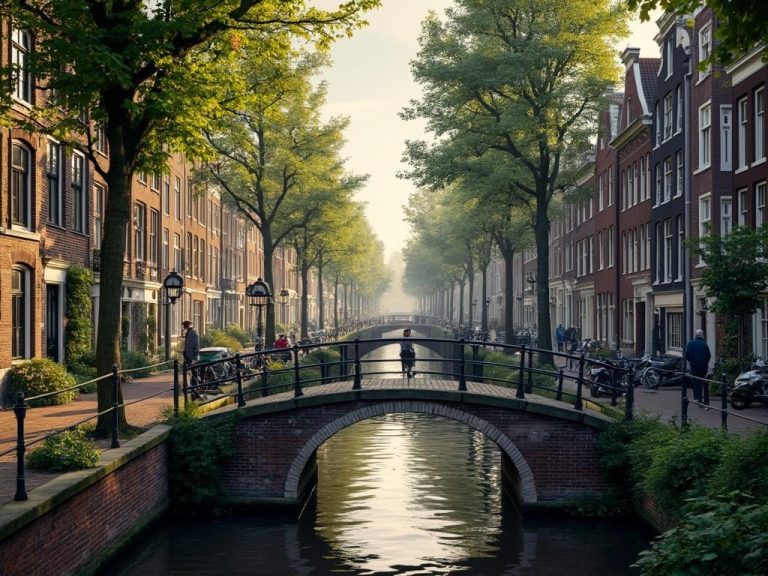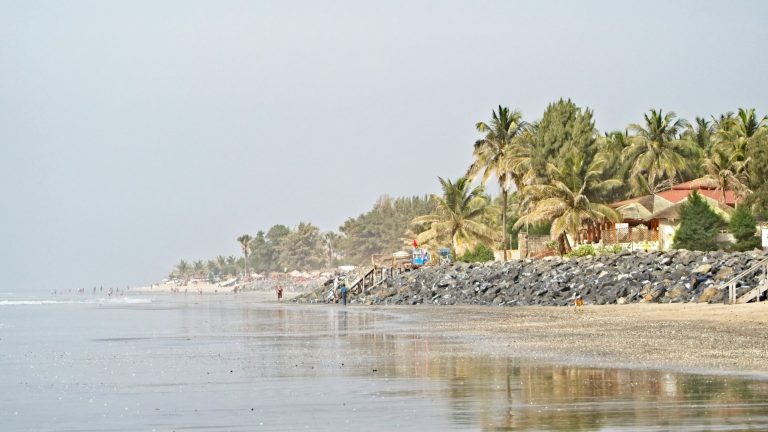What’s worth seeing in Lloret de Mar?
Lloret de Mar is without a doubt the Costa Brava’s hottest holiday town. Does this mean that if you like a varied style of rest, you have nothing to look for there?
While relaxing in Lloret del Mar, you can reach several interesting places on foot. We present what in our opinion is worth seeing there …
Beaches in Lloret de Mar
Lloret de Mar can boast of many places that attract the attention of tourists, especially those who want to relax by the water. These are, of course, beaches with golden sand.
The most popular beach is Playa Grande (also called Playa de Lloret), located on the sea promenade in the very center of the city. It is over 1.5 km long, has the necessary infrastructure (deck chairs, sunshades, showers, toilets, bars and restaurants nearby) and offers all kinds of water entertainment (parasailing, banana riding, scooters, boat trips).
Less than a kilometer from Playa Grande is the 700 meters long Fenals Beach (Playa de Fenals).
Less than 4 km from the city center is Playa de Santa Cristina, which is approximately 0.5 km long. Crystal clear water, sheltered from the wind, no crowds in the season like in Playa Grande – it is an ideal place for families with small children. It is located at the foot of a small church dedicated to St. Christina (Ermita de Santa Cristina), the patron saint of the city.
In the vicinity of Lloret de Mar there are also the so-called calas, or tiny beaches squeezed deep into sea coves. You can reach one of the most beautiful on the Costa Brava by going along the coast towards Tossa de Mar. This is Sa Caleta, located at the foot of Castillo d’En Plaja. It is also possible to spend time on the wild beach of Cala de Sa Boadella.
Iglesia de Sant Romà
In the very center of Lloret de Mar, in close proximity to the seaside promenade and the busy district of bars and discos, there is a temple with characteristic architecture. This building was erected in the 16th century as a fortified Gothic church. Its current architecture is a mixture of many styles. It is a modernist Catalan interpretation of Byzantine, Arab and Renaissance art.
Jardines de Santa Clotilde
St. Clotilde is a must-see place in Lloret de Mar. Descending steeply towards the sea, they offer unforgettable views of the Mediterranean bay. They were designed in 1919 by an architect from Minorca – Nicolau Maria Rubió i Tudurí. Their style is reminiscent of Italian Renaissance gardens. In an area of 15 hectares you will find many paths, stairs, terraces, sculptures and, of course, exotic plants. From April to the end of October, the Jardines de Santa Clotilde are open from 10:00 to 20:00. Admission fee: € 5 (adults) or € 2.5 (schoolchildren, students, pensioners). St. Clotildes are located near Playa de Fenals. We will get there by taking one of the roundabouts in the city center towards Passeig Jardins street.
Cementerio modernista
One of the tourist attractions of Lloret de Mar is … the cemetery. The uniqueness of this necropolis lies in the style in which the tombstones and chapels were made. This is Catalan modernism in its purest form. You will see real works of art that were designed by artists such as Josep Puig and Cadafalch (architect of Art Nouveau buildings in Barcelona, such as Casa Amatller, Can Serra or Casa de les Punxes). The modernist cemetery can be found walking from Playa Grande into the city, right next to the tourist information center (Oficina de Turisme). Free admission, from April to October from 8:00 to 20:00.
Museo del Mar (Can Garriga)
A visit to the Maritime Museum in Lloret de Mar will bring great fun not only to children. The exhibition focuses in particular on the fate of the owners of the tenement house – the Garrig family. She made a fortune thanks to the business conducted in the Nowy Świat in the mid-nineteenth century (especially in the Caribbean). There are models of sailing ships, old maps, props explaining the secrets of shipbuilding and maritime navigation. The history of Lloret de Mar over the last two centuries is intertwined in an attractive way. Admission fee: € 4 (adults), € 2 (schoolchildren, students, pensioners). The museum is located in the city center, right on the sea promenade (opposite Playa Grande).
Camins de Ronda
People who like to admire beautiful views while walking should go for a hike in the Camins de Ronda. The path goes along the cliff at the end of Fenals Beach. Along the way (which sometimes leads up steep stone steps) we pass many nice and interesting places, such as the rocky bay of Cala Banys and the medieval castle Castillo de Sant Joan. Approximate time of the trip along the Camins de Ronda trail (45 minutes).
Source: hiszpania-portal.pl







